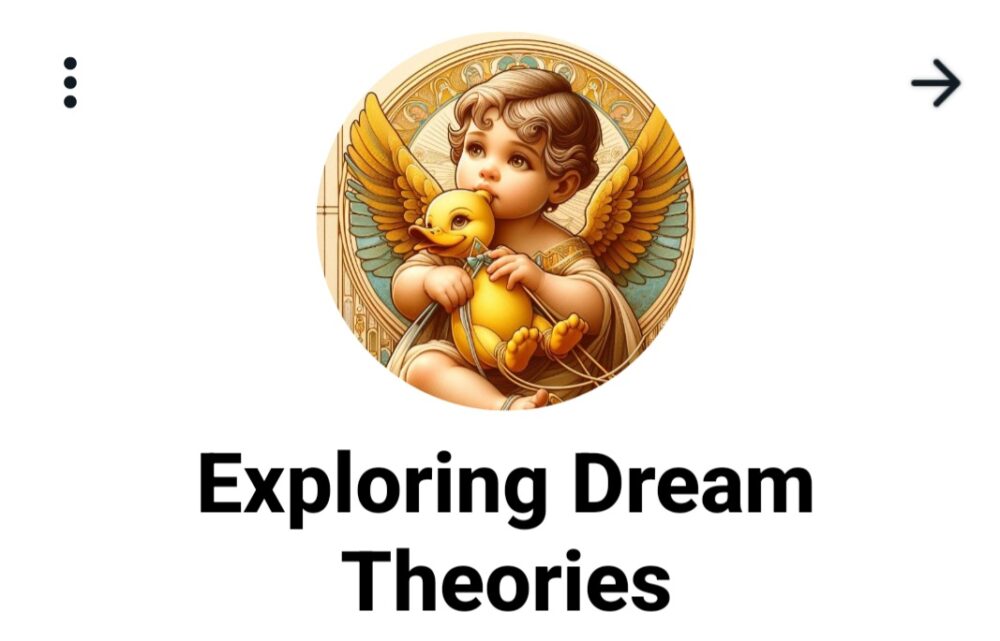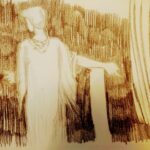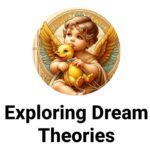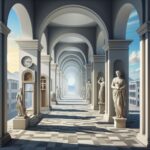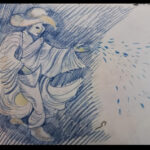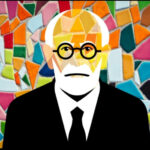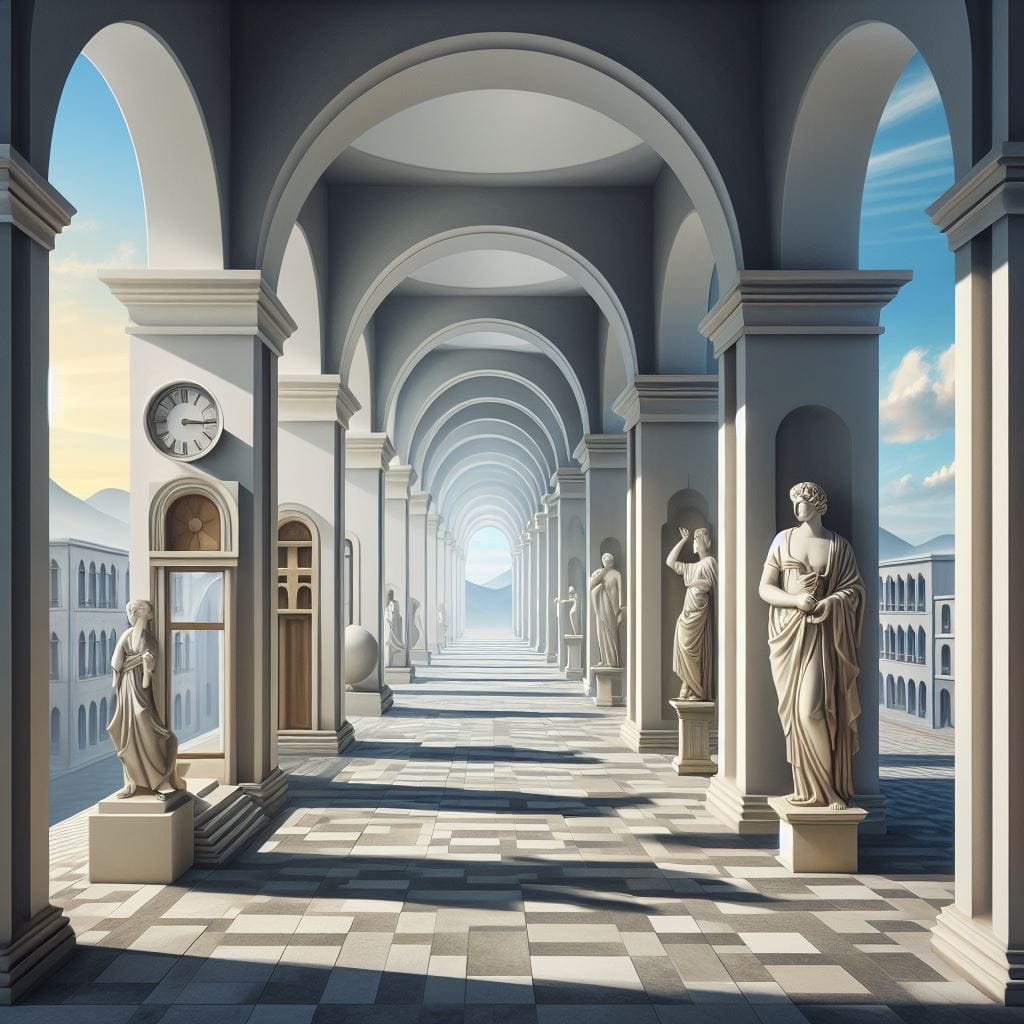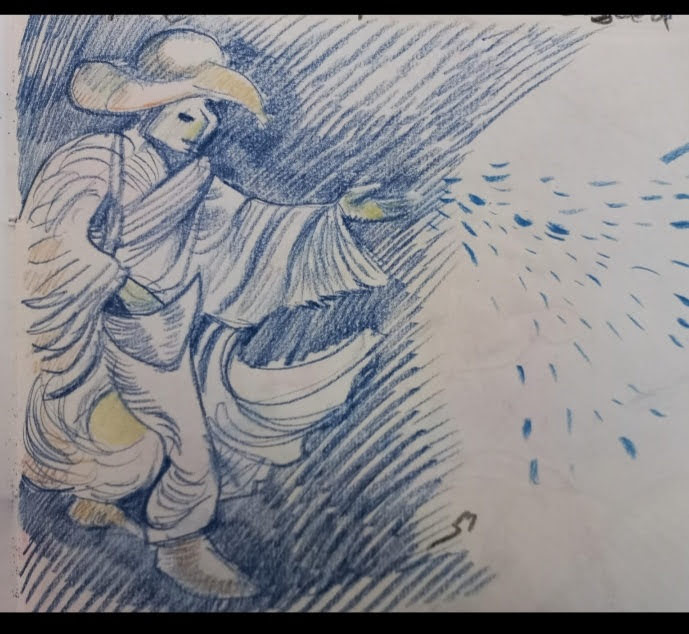From an art theory perspective, lucid dreaming can be seen as a form of ultimate creative expression, where the dreamer, aware they are dreaming, becomes both artist and audience to the unfolding narrative of their dream. This aligns with the concept of the “artist’s mind” as a space of limitless potential, where imagination is unbounded by physical laws or societal constraints.
- Surrealism and the Unconscious: The Surrealist movement, with its emphasis on accessing the unconscious mind as a source of artistic inspiration, parallels the experience of lucid dreaming. Surrealists like Salvador Dalí sought to tap into the dream world to bring its bizarre and irrational imagery into art. Lucid dreaming, similarly, offers direct engagement with the unconscious, providing a rich reservoir of images, symbols, and narratives that can inspire artistic creation.
- Expressionism and Emotional Truth: Expressionist artists aimed to convey subjective emotional experiences rather than objective reality, using distortion and exaggeration for emotional effect. Lucid dreaming, in its essence, is a deeply subjective experience that can express profound emotional truths through dream imagery. The dreamer, aware of their dream state, can actively explore and manipulate these expressions, akin to an artist shaping their medium to convey complex internal states.
Theatre Theory: The Dream Stage
Theatre theory provides a lens to view lucid dreaming as a performative and narrative space, much like the stage, where the dreamer assumes multiple roles—director, actor, and spectator.
- Bertolt Brecht’s Epic Theatre: Brecht’s concept of epic theatre, which encourages critical distance between the audience and the performance to provoke thought and reflection, can be analogously applied to lucid dreaming. The lucid dreamer, by maintaining a level of awareness that they are dreaming, engages in a form of “alienation effect” with their dream scenarios. This detachment allows for a reflective engagement with the dream content, enabling the dreamer to examine and question the narrative, themes, and emotions presented, much as Brecht intended for his audiences.
- Stanislavski’s System and Emotional Memory: Konstantin Stanislavski’s emphasis on the actor’s psychological depth and the use of emotional memory to create believable performances can be related to the lucid dreamer’s engagement with dream characters and scenarios. Lucid dreamers, like actors utilizing Stanislavski’s system, can deeply immerse themselves in the emotional and narrative content of their dreams, drawing upon personal memories and feelings to enrich the dream experience and achieve a form of authentic expression within the dream space.
- Theatre of the Absurd: The Absurdist theatre, with its focus on the illogical and surreal aspects of human existence, mirrors the often nonsensical and bizarre nature of dream narratives. Lucid dreaming provides a stage for the enactment of absurd scenarios that defy rational explanation, reflecting the existential questioning and absurdity explored in Absurdist theatre. This parallel allows dreamers to confront the absurdities of their own psyche, offering insights into the human condition that are both profound and artistically inspired.
Conclusion
By viewing lucid dreaming through the prisms of art and theatre theory, we gain valuable insights into its role as a space for creative exploration, narrative construction, and self-expression. These perspectives highlight the dream state’s potential as a canvas for artistic inspiration and a stage for existential and emotional exploration. Lucid dreaming, in this light, is not just a psychological phenomenon but also a profoundly creative and performative experience that intersects with the realms of art and theatre, offering endless possibilities for exploration and expression.

Enhancing Art Theory and Lucid Dreaming
Interdisciplinary Connections: The dialogue between lucid dreaming and art theory can be enriched by incorporating insights from psychoanalytic theory, particularly those of Sigmund Freud and Carl Jung. Freud’s concept of the dream as the “royal road” to the unconscious offers a foundational understanding of how dreams can serve as a medium for exploring repressed desires and deep-seated emotions. Jung’s emphasis on the collective unconscious and archetypes further complements the analysis, suggesting that lucid dreaming can access universal symbols and motifs that resonate on a broader cultural and artistic level. This intersection underscores the dream state’s potential as a profound source of creativity that taps into both personal and collective unconscious material.
Philosophical Implications: Philosophically, the notion of lucid dreaming as a creative canvas aligns with existential and phenomenological theories that emphasize the subjective experience of reality. Maurice Merleau-Ponty’s phenomenology, which focuses on the primacy of perception and the embodied experience of being in the world, can offer a nuanced understanding of how lucid dreaming alters the dreamer’s relationship with their own perceptions and experiences. This philosophical perspective enriches the discussion by framing lucid dreaming as an experiential exploration of reality, consciousness, and the self, offering a space for existential questioning and self-discovery.
Deepening the Theatrical Perspective
Emotional Resonance and Authenticity: Expanding on Stanislavski’s system, the concept of emotional memory in lucid dreaming can be further explored through the lens of modern psychological theories on memory and emotion. The integration of cognitive psychology with theatrical theory can provide a deeper understanding of how lucid dreaming engages with emotional memories, offering a more nuanced view of the dreamer’s ability to authentically express and explore complex emotional landscapes. This approach underscores the therapeutic potential of lucid dreaming in processing emotions and traumatic memories, aligning with contemporary therapeutic practices such as drama therapy.
Meta-theatrical Elements: The application of Bertolt Brecht’s Epic Theatre concepts to lucid dreaming invites further exploration of meta-theatrical elements in the dream state. Lucid dreaming can be seen as an inherently meta-cognitive process, where the dreamer is both participant and observer, actively engaging with and reflecting on the dream narrative. This dual role parallels the meta-theatrical techniques used in postmodern theatre, where the boundaries between performance and reality are blurred, encouraging the audience to reflect on the nature of art, illusion, and truth.
- Jung, C.G. (1964). Man and His Symbols. London: Aldus Books.
Jung’s exploration of symbols and the collective unconscious provides a foundational psychoanalytical perspective that enriches the discussion on the surreal and symbolic imagery accessed through lucid dreaming. His theories on archetypes and the collective unconscious align with the notion that lucid dreaming taps into a deep well of universal imagery and themes, paralleling the surrealist quest for a deeper, universal artistic language. - Dalí, S. (1942). The Secret Life of Salvador Dalí. New York: Dial Press.
In his autobiography, Dalí offers insights into his own use of dreams as a source of inspiration, providing a direct link between the practice of lucid dreaming and the creative processes of a key surrealist artist. This reference supports the claim that surrealists, like Dalí, actively engaged with their unconscious in ways that are akin to lucid dreaming. - Barrett, D. (1992). Dreams and the Symbiosis of Art and Science. Leonardo, 25(5), 525-529.
Barrett’s article discusses the relationship between dreaming and creativity, highlighting how dreams can serve as a direct inspiration for artists and scientists alike. This reference is particularly relevant for discussing how lucid dreaming serves as a creative canvas, bridging the gap between the unconscious mind and artistic expression. - Brecht, B. (1964). Brecht on Theatre: The Development of an Aesthetic. Edited and translated by John Willett, New York: Hill and Wang.
This collection of Brecht’s writings on theatre theory provides a direct source for understanding his concept of the “alienation effect” and how it can be analogously applied to lucid dreaming. It supports the discussion on how lucid dreaming enables a form of critical engagement with the dream content, mirroring Brecht’s intention with epic theatre. - Stanislavski, K. (1936). An Actor Prepares. London: Methuen.
Stanislavski’s seminal work on acting techniques offers insights into the use of emotional memory, which parallels the lucid dreamer’s ability to draw upon personal memories to enrich the dream experience. This reference underscores the connection between Stanislavski’s system and the emotional depth achievable in lucid dreaming. - Esslin, M. (1961). The Theatre of the Absurd. New York: Doubleday.
Esslin’s book on the Theatre of the Absurd provides a comprehensive overview of this theatrical movement, which is useful for drawing parallels between the absurd scenarios often found in dreams and those presented on stage. It supports the discussion on how lucid dreaming can reflect existential questioning and the absurdity of human existence, similar to the themes explored in Absurdist theatre.
